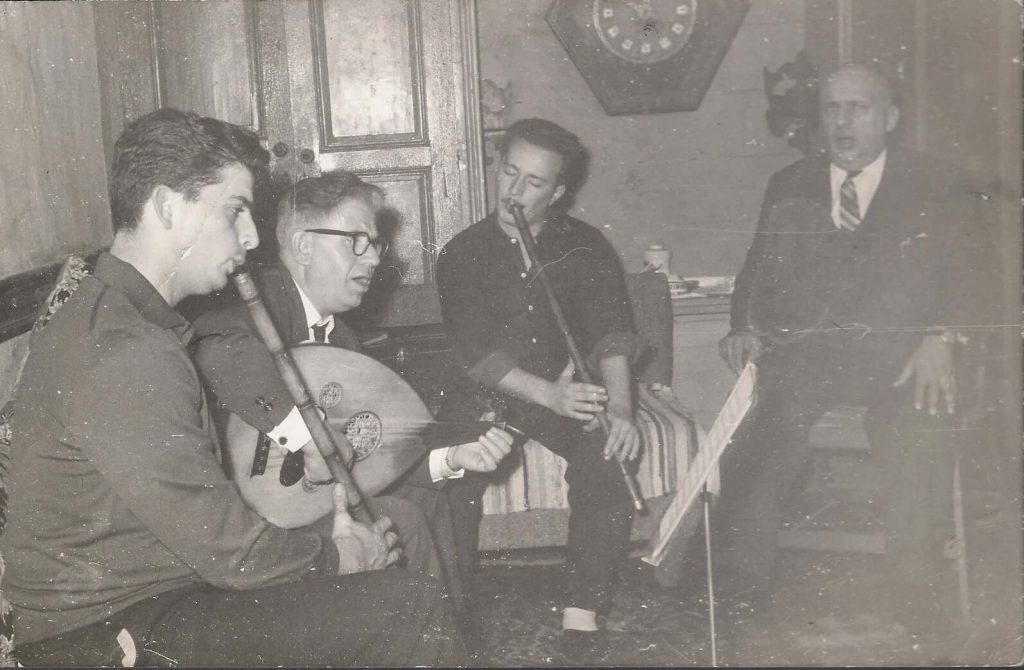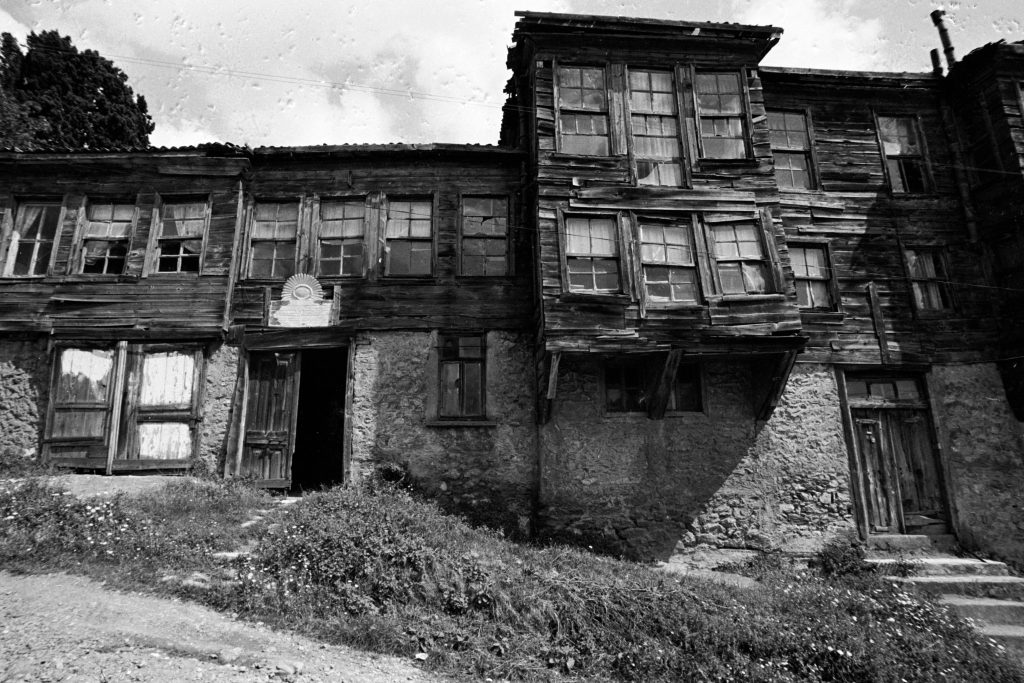ÖZBEKLER TEKKESİ
FROM TRADITION TO FUTURE
Throughout centuries, pilgrims have used various routes to meet in Haramayn for the hajj ritual, one of the fundamental acts of worship in Islam. Ensuring the security of the pilgrimage routes was a crucial matter for caliph’s authority until the abolition of the caliphate. Even after, the organization of the pilgrimage continued to become a dominant factor as regards the political influence of states. Over time, some pilgrimage routes came into existence. As for the pilgrims from Turkestan, in addition to the route from Samarkand and Bukhara, which reached Jeddah by sea from Bombay after stopping in Afghanistan, another route was the route from the southern region of Russia, which met the Black Sea, arrived in Istanbul and reached the Holy Land via Damascus or Cairo. Pilgrims who would set out from Central Asia and reach Mecca, Medina or Jerusalem via Istanbul, could use tekkes as one of the facilities providing accommodation on the route. Sultantepe Özbekler Tekkesi (Lodge) was established in the eighteenth century in Üsküdar, Istanbul, on the pilgrimage route of Central Asian and Indian Muslims. Özbekler Tekkesi was built in 1752-53 by Abdullah Pasha, who had served as the Treasurer of the Mint and Governor of Marash, and in 1788 al-Hac Halil Aga ibn Ahmed Efendi established its foundation, which provided the tekke with a legal status. Accordingly, Özbekler Tekkesi is a Naqshbandi tekke.
Özbekler Tekkesi, which served as an advanced outpost during the War of Independence, gained an important place in Istanbul during the occupation period with its role in meeting Anatolia’s need for weapons, ammunition, personnel and intelligence. Since the second half of the last century, however, the tekke has been one of the leading cultural centers of Üsküdar and a meeting place for literary figures, musicians and Sufis. Uzbek pilavı (rice) was eaten at Özbekler Tekkesi, and regular meetings were held on certain days of the week, followed by musical performances and conversations. Dede Süleyman Erguner, Üsküdarlı Ali Efendi, Fehmi Tokay, Ulvi Erguner, Alaeddin Yavaşca, Halil Can, Sabahattin Volkan, Cahit Gözkan, Hulusi Gökmenli, Hafız Esad Gerede, Hafız Cevdet Soydanses, Hafız Nafiz Uncu, Kâni Karaca, Nezih Uzel, Niyazi Sayın, Ömer Erdoğdular, Süleyman Erguner and Kudsi Erguner are some of the names in the literature, music and Sufism who came to Özbekler Tekkesi.
The Sultantepe Özbekler Tekkesi building, the restoration of which was first started in 1983, has reached our time thanks to the descendants of the last sheikh residing in the building. Starting in June 1983, the restoration works were carried out to a large extent by Architect Cengiz Bektaş with the help of Ahmet Ertegün, President of the Turkish-American Friendship Association, while the restoration of the harem section, which was not included in the first restoration, was completed by Architect Melih Birsel in 1993. A third restoration was completed by the General Directorate of Foundations in 2011. After the 1993 restoration, Özbekler Tekkesi was allocated to the Münir Ertegün History Research Foundation for 10 years with the Council of Ministers Decree No. 96/8737 dated 16/10/1996, while the sheikh family (Ethem Özbekkangay) continued to reside in the tekke as honorary caretakers. The efforts of first the Münir Ertegün History Research Foundation and then the General Directorate of Foundations to prepare Özbekler Tekkesi as a museum failed with the theft that occurred on October 9, 2011. The Tekke currently hosts scholarly and academic studies as the Research Center of the Abdullah Tivnikli Foundation.



